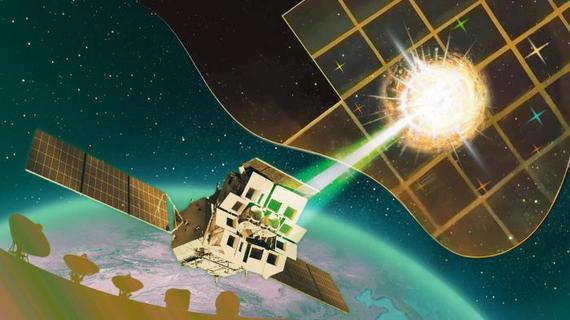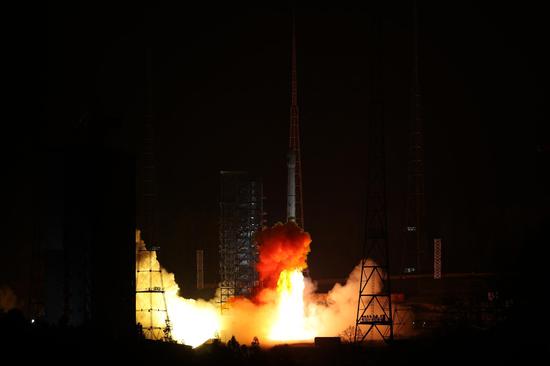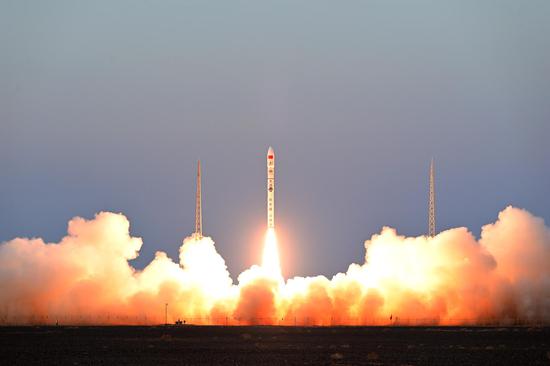(ECNS) -- The first detection of mysterious soft X-ray prompt emission by China's Einstein Probe (EP) astronomical satellite has been confirmed to originate from the high-redshift gamma-ray burst (GRB) coded EP240315a, according to the National Astronomical Observatories of the Chinese Academy of Sciences (NAOC).

The Einstein Probe, also known as the "Tianguan" satellite, detected the faint X-ray signal from the transient EP240315a in March 2024. This burst of low-energy X-rays lasted over 17 minutes, fluctuating in brightness before gradually fading.
Research indicates that EP240315a originated approximately 12.5 billion light-years away, beginning its cosmic journey when the universe was just 10% of its current age. Subsequently, EP240315a was observed by multiple astronomical telescopes worldwide.
Wu Xuefeng, a researcher at the NAOC, described EP240315a as unique compared to other GRBs. Notably, its X-ray brightness was relatively dim at the burst's peak, and the intervals between its X-rays and gamma rays were significantly longer than those of other GRBs. These characteristics have prompted scientists to reconsider the mechanisms behind GRB formation.
This significant discovery was published in the latest issue of Nature Astronomy on Jan. 23. Astronomers noted that studying EP240315a provides a new avenue for exploring the distant early universe, offering insights into the most remote explosive events in the cosmos.
"GRBs are among the most violent explosive phenomena in the universe, often resulting from the collapse of massive stars," said Liu Yuan, another NAOC researcher.
Global experts agree that the "Tianguan" satellite's detection of EP240315a has greatly advanced our understanding of early gamma-ray bursts. These findings also present new opportunities for studying the origins and evolution of the universe.
GRBs, which are usually brief, serve as valuable tools for probing the star formation and reionization history of the early universe, though their detection remains rare.


















































 京公网安备 11010202009201号
京公网安备 11010202009201号